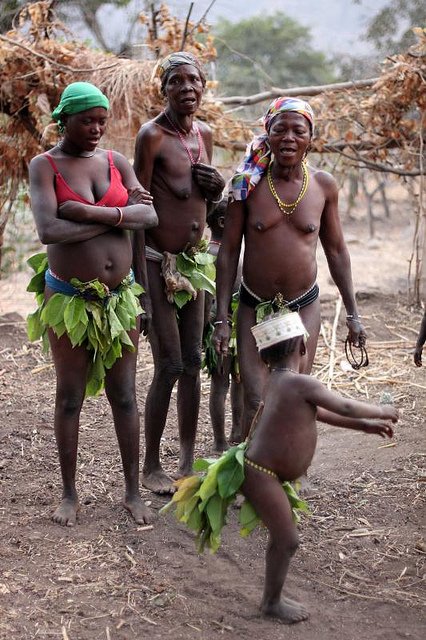Brief History Of Ilaje People – The Waterside Yorubas in Ondo, Ogun, Lagos and Delta
The Ilajes are a distinct migratory coastal linguistic group of Yoruba peoples spread along the coastal belts of Ondo, Ogun, Lagos and Delta states and originally made up of four geo-political entities, namely: Ode Ugbo, Ode Mahin, Ode Etikan and Aheri. While most towns and villages in the Mahin kingdom (Ode Mahin) are distributed on arable lands, the towns and villages in the other three geo-politics of Ugbo, Aheri and Etikan kingdoms are spread out along the beaches and swampy terrains of the Atlantic Ocean coast.
The people of Ilaje are a very versatile, dynamic set of individuals. Ilaje is located in Ondo State and the people are mostly located along the coastline.
Ilaje land shares boundaries with Ikale by the North, Ijebus by the West, Itsekiri by the East, Atlantic Ocean by the South with the Apoi and Arogbo Ijaw to the North East.
Tracing their origin, Ilajes were stated to have left their ancestral home in Ile-Ife during the 10th century to come and settle down and make themselves homes at the coastline of Ondo State. Known for their adaptation and abilities in the water, the people were able to cope with their environment quite well.
Ilaje was said to have left ILE-IFE their original ancestral home/settlement in the 10th century. They mainly occupy the Atlantic coastline of Ondo State of Nigeria while a large population of them settles on land in the hinterland. The area they occupy today remains the Ondo State of Nigeria only outlet to the sea.
According to the dethroned Olugbo Oba Mafimisebi “we were the aboriginal Yoruba that was displaced from Ife”. He and Oba of Benin agreed up to this point. Olugbo claimed this is why Ugbo and Benin have similar chieftaincy titles: Lema, Ashogbon, Oliha, Ojomo, Yasere among others. They were the Obalufon, Obamakin, Obalufe, Obawinrin, etc whose Yoruba language were originally spoken, including the lingua fraca in Benin palace.
According to Ben Omowafola Tomoloju, popularly known as ‘Pappy Ben’, a culture activist, author of books and the Aremo Onipopo of Ilaje Land, the Ilajes were members of the ancient communities that existed in Ile-Ife before the advent of Oduduwa in the the 10th century A.D. Upon the arrival of Oduduwa in Ife, he seized power from the incumbent ruler and assumed monarchical authority over the land.
Tomoloju said: “The ancestors of the Ilajes detested the Oduduwa take-over and, therefore, migrated through the forest of Oke Mafunrangan to a place near Esinmirin River from where they invaded Ile-Ife over a long period, carting away spoils and capturing slaves”. This invasion was what motivated the legendary Ife Queen, Moremi, to embark on a heroic espionage quest that led to the eventual defeat of the marauding aborigines.
The coastal town, Ugbo, under the paramount ruler, Olugbo, is a major settlement of the protesting migrants. Its full meaning is ‘Mo r’ubo gbo ni.’ (I have a place to stay.) Ugbo is primary setting in the Moremi legend, which people sometimes mistake for Igboland in South-eastern Nigeria.
“Another major town, Mahin, comes under the paramount rulership of the Amapetu. Ugbo, Mahin and other towns like Atijere, Obe-Nla and Igbo-Egunrin reflect a degree of cultural mix which suggest some form of historical kinship between the Ilaje, Itsekiri and the Edo.
The people of Ilaje have a very rich tradition and culture that has survived all these years and we shall take a look at the way they have grown over time.
Notable Ilaje People:
Seyi Law
Akpororo
Small Doctor









0 Comments